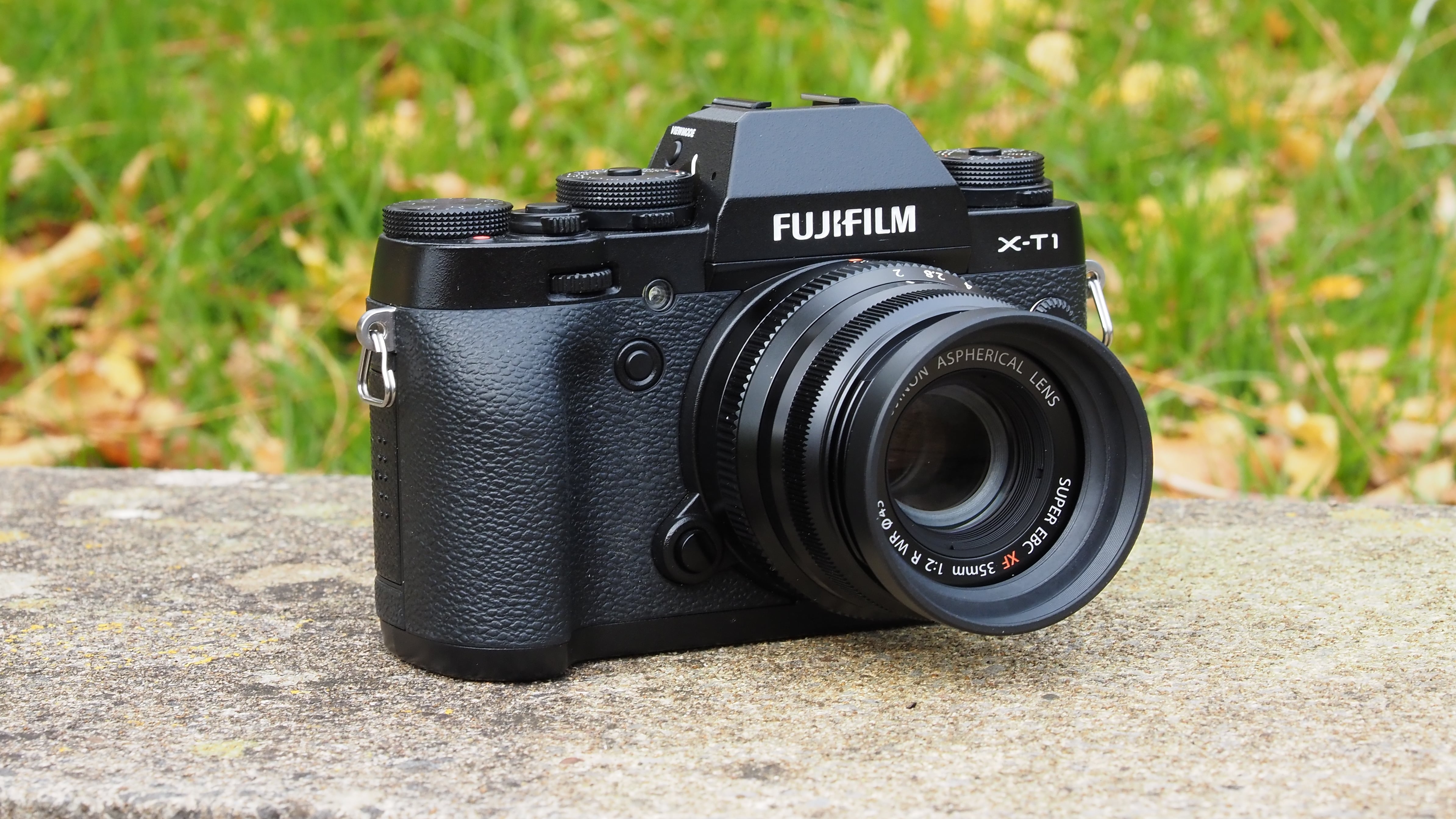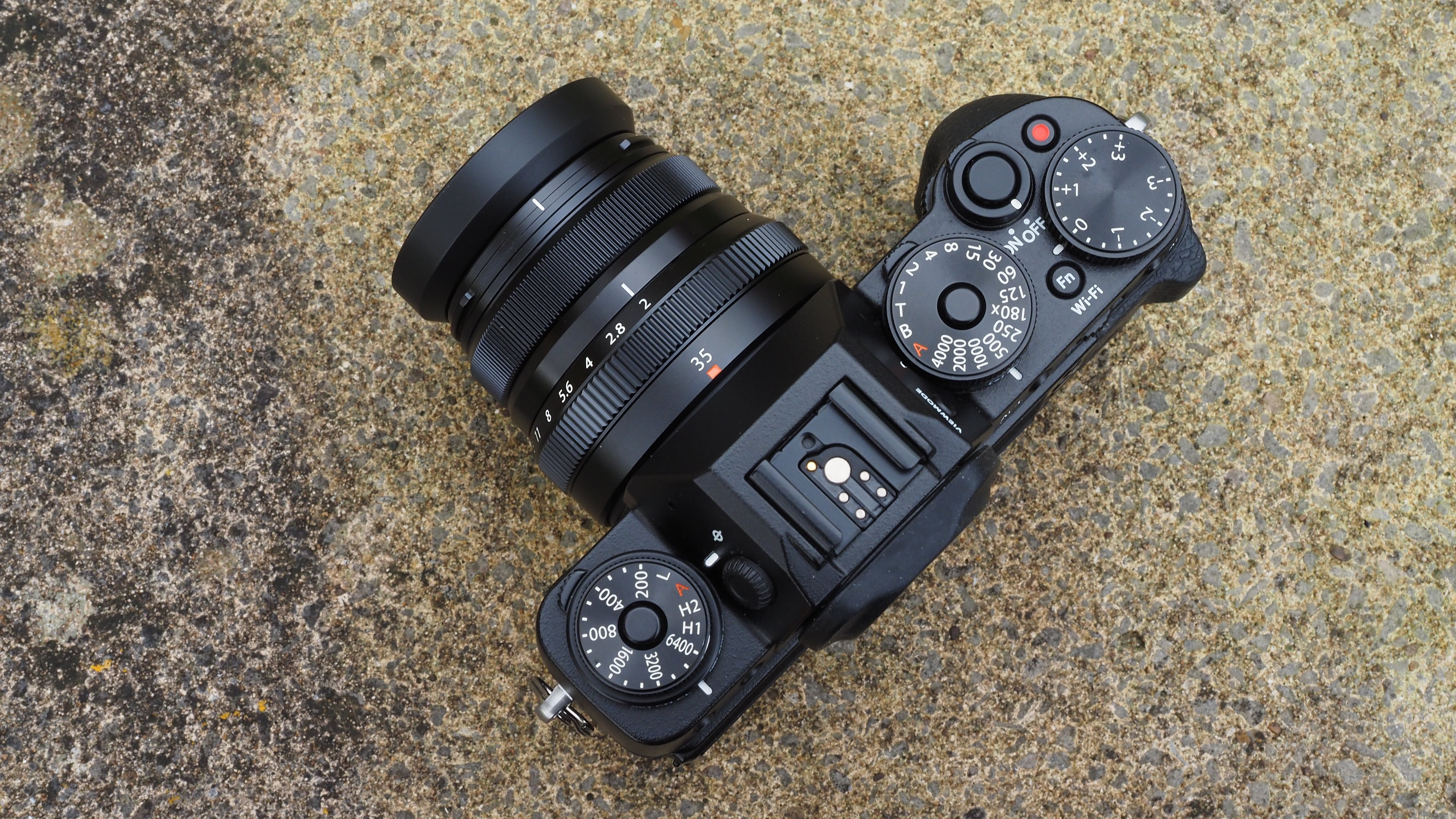I just bought a Fujifilm X-T1. Am I mad?
The X-T1 came out way back in 2014. Its specs are positively prehistoric. How can this camera be any good today?

So let’s get the specs over with. First, there’s the 16-megapixel sensor (oh dear), 49-point contrast AF system (it gets worse) and video that tops out at full HD. When you compare that to the specs of any modern mid-range mirrorless camera, it’s pretty hopeless. So this camera has got to be some kind of rusty old relic, right?
In its day, the Fujifilm X-T1 was the best Fujifilm camera in the range, not to mention one of the best mirrorless cameras on the market. But that was then.
My X-T1 is a used one, obviously. I bought it from MPB in the UK for £284 (around $350/AU$540). Now that’s cheap. MPB said the condition was ‘excellent’, but how ‘excellent’ can a nine-year old camera body be?
Right. This camera was first launched 9 years ago (as I write this) but lots of folk sell cameras they’ve barely used and kept carefully boxed, and this is clearly one of those. Its condition isn’t just ‘excellent’, it’s spectacular. It looks and feels factory-fresh.
The build quality, the feel of the controls and the finish is first rate. The tech may be old, but camera makers knew how to make cameras back then.

But then there’s the elephant in the room – the resolution. Who would accept 16 megapixels today? But as I look around my office, most of the prints on my wall were shot on 12-16 megapixel cameras from past adventures, press trips and photo expeditions. They’re fine. They’re more than fine. And then there’s the photography I do for a living – hands-on product shots, technique tutorials, image editing videos and walkthroughs. None of these need high resolutions. Frankly, 12MP would probably be fine, never mind 16MP. I’m not worried about shooting at 16 megapixels.
Of course, every camera today shoots 4K video, so who would even look at a camera that can only do Full HD? Well, probably no-one, though plenty of YouTubers still upload at 1080.
Get the Digital Camera World Newsletter
The best camera deals, reviews, product advice, and unmissable photography news, direct to your inbox!
The autofocus doesn’t help. Contrast AF? In this day and age? It must be AWFUL?
Well no, it’s not. It’s not so great in C-AF mode, but in single-shot mode it’s brisk and snappy. In fact I had to check the specs again to make sure it was indeed just a contrast AF system.
There’s no IBIS, of course. That only arrived with the X-T4. It just means you need to watch the shutter speeds or use a tripod. How awful.

Why I bought the X-T1 and why I’m ridiculously pleased with it
I didn’t buy this camera for all my photography. I bought it for when I’m in the mood for back to basics simplicity with its external exposure controls and Fujifilm’s remarkable little prime lenses. I’ll be using it with the XF 16mm f/2.8 and XF 33mm f/2 – both tiny, both beautifully made and both very inexpensive to buy.
It’s a match made in heaven. The X-T1 does not feel like a nine-year old camera. If you ignore the specs, it looks and feels like a camera made yesterday. The rear screen is punchy and sharp, while the EVF is big and bright and a lot better than I thought it would be.
And the specs, dated as they are, are more than adequate for what I want to use it for. In fact, the 16 megapixel sensor is liberating in a strange kind of way because at last I can put the images first and stop fretting over tech. The camera is good enough, so now I need to be good enough.
Whenever I buy an old camera like this one I’m always left with the same thought; there’s no way a camera this good should be this cheap.

Rod is an independent photography journalist and editor, and a long-standing Digital Camera World contributor, having previously worked as DCW's Group Reviews editor. Before that he has been technique editor on N-Photo, Head of Testing for the photography division and Camera Channel editor on TechRadar, as well as contributing to many other publications. He has been writing about photography technique, photo editing and digital cameras since they first appeared, and before that began his career writing about film photography. He has used and reviewed practically every interchangeable lens camera launched in the past 20 years, from entry-level DSLRs to medium format cameras, together with lenses, tripods, gimbals, light meters, camera bags and more. Rod has his own camera gear blog at fotovolo.com but also writes about photo-editing applications and techniques at lifeafterphotoshop.com
